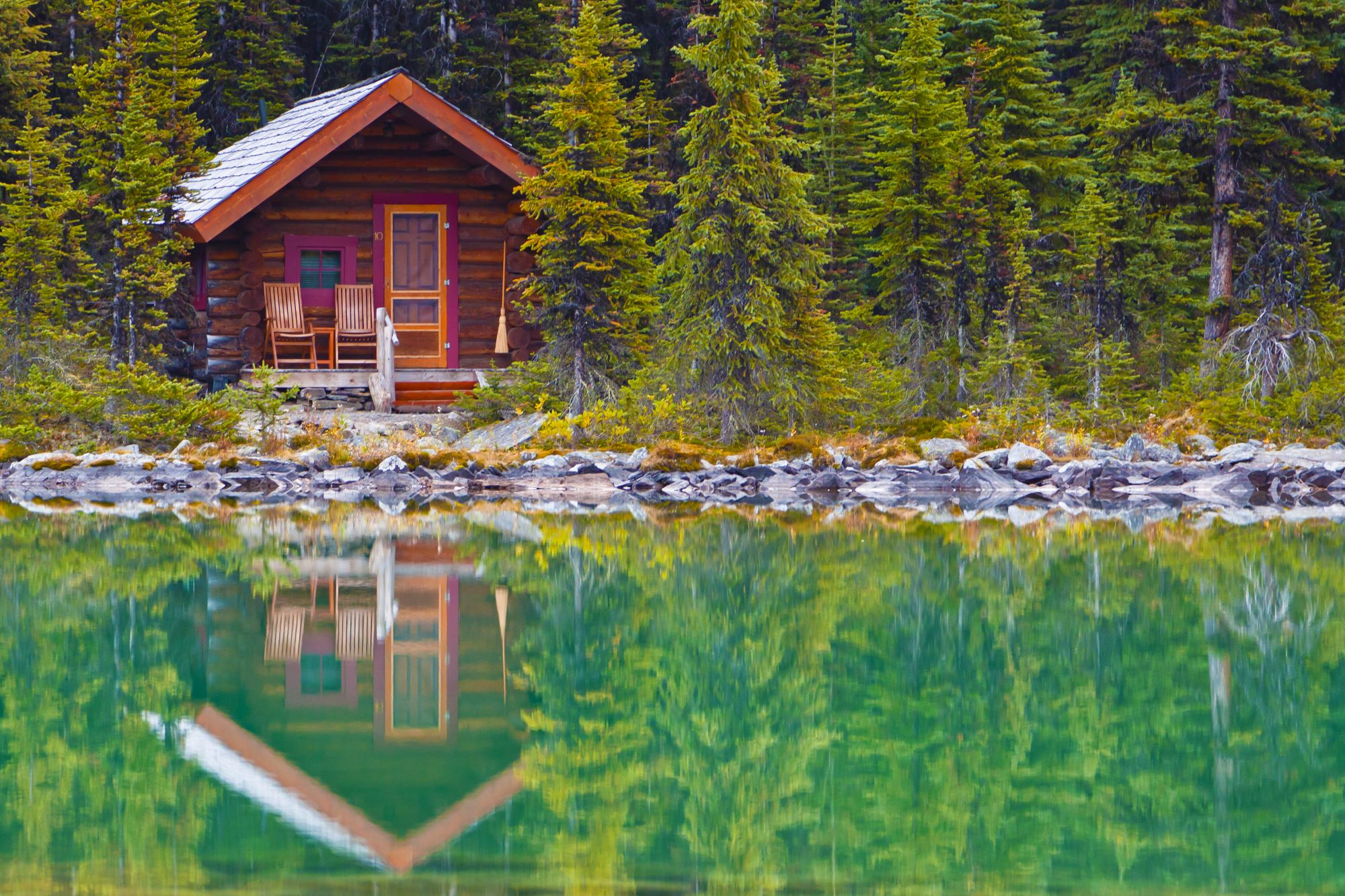Blog

The ultimate lake house safety guide
Nothing screams summer like packing up the car and heading down to the lake house. Living by the water provides a constant source of entertainment. But while swimming, boating, and hanging out by the fire can be a ton of fun, they also pose numerous safety risks. If you own or visit a waterfront property, check out our ultimate lake house safety guide to help keep your family safe on and off the water.
Water Safety
- Keep an eye on kids. Supervision is key to protecting kids at the lake. Watch young kids around the water, no matter how far from danger they may appear.
- Learn to swim. If you plan on taking a dip, be sure everyone with you knows how to swim. Enroll children in swim classes before heading down to the lake.
- Swim cautiously. Choose your swimming location carefully. An ideal location is clean, relatively still, and out of the way of watercraft or wake, such as a designated swimming area.
- Watch where you jump. Avoid jumping or diving into water from elevated surfaces such as cliffs or bridges. Murky water can conceal dangers such as jagged rocks or submerged tree branches.
Boating Safety
- Know your state’s rules. Over half of U.S. states require some sort of education or license in order to operate a boat. Figure out where you’ll be boating and that state’s requirements before you hit the water.
- Wear a life jacket. Everyone on board should be wearing an appropriate life jacket approved by the U.S. Coast Guard, even strong swimmers. Make sure the life jacket is the correct size and properly fastened.
- Be aware of carbon monoxide. Boat engines release carbon monoxide while running. Avoid closed-off and poorly-ventilated areas of the boat and never hang out on top of a swim platform while the engine is running.
- Stay sober. Not only is operating a boat while intoxicated dangerous, it’s illegal. Don’t boat under the influence.
Bonfire Safety
- Check the weather. Avoid having a fire in windy conditions. Strong winds can blow sparks and hot embers towards you and nearby surfaces.
- Choose a safe location. Build your bonfire a safe distance away from combustible material, including any structures, brush, or low-hanging trees. Be sure to clear the surrounding area of any flammable debris such as leaves or tree branches. Also be sure to follow all applicable laws and ordinances.
- Avoid accelerants. Accelerants such as gasoline or lighter fluid should never be put on a fire. The safest way to start a fire is with small kindling and paper.
- Be prepared to put it out. Always have a way to properly extinguish the fire or a fire nearby. This could be a garden hose, a bucket of water, or a fire extinguisher, depending on how the fire was built.
For informational purposes only and may not be applicable to all situations.







